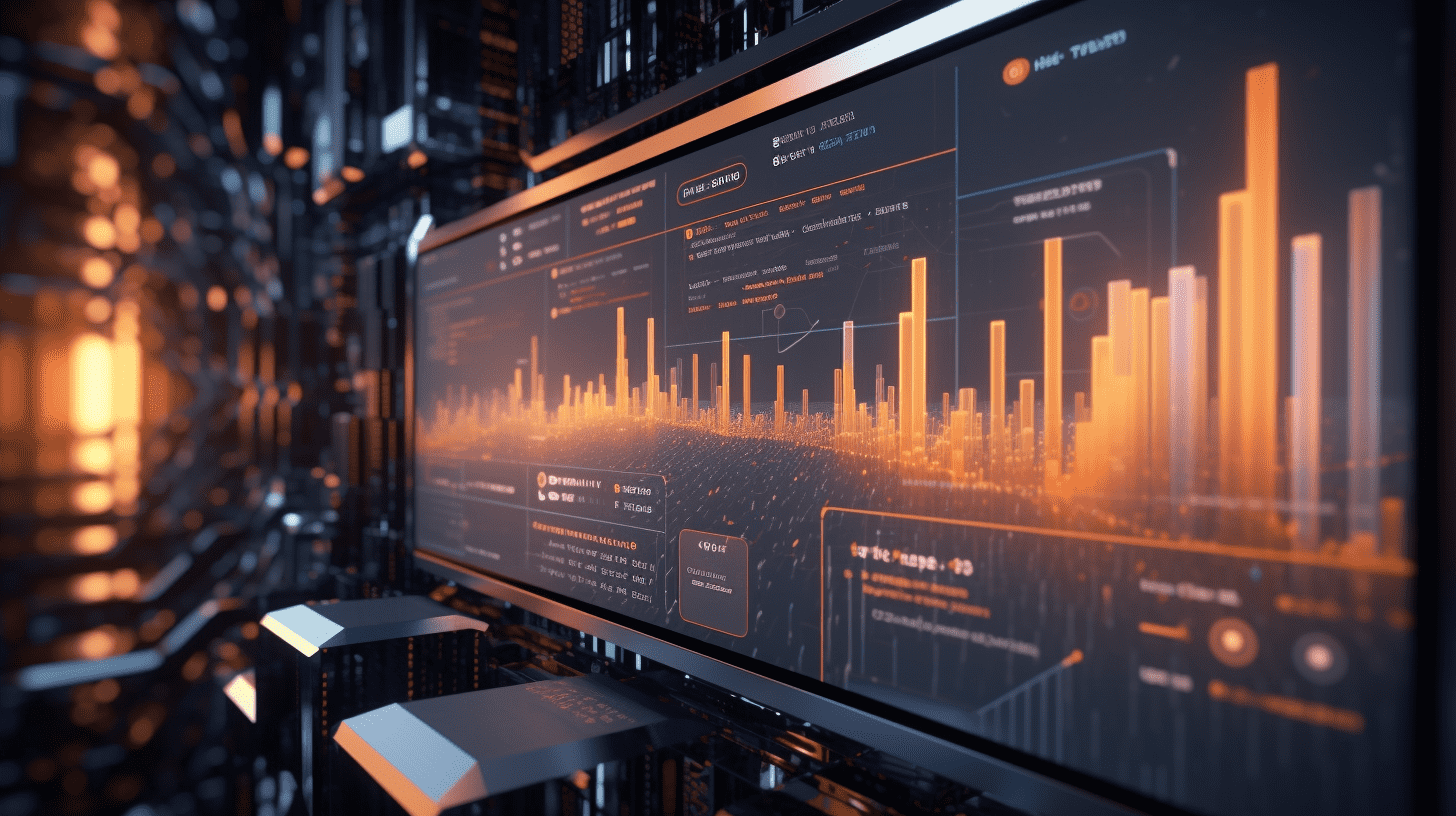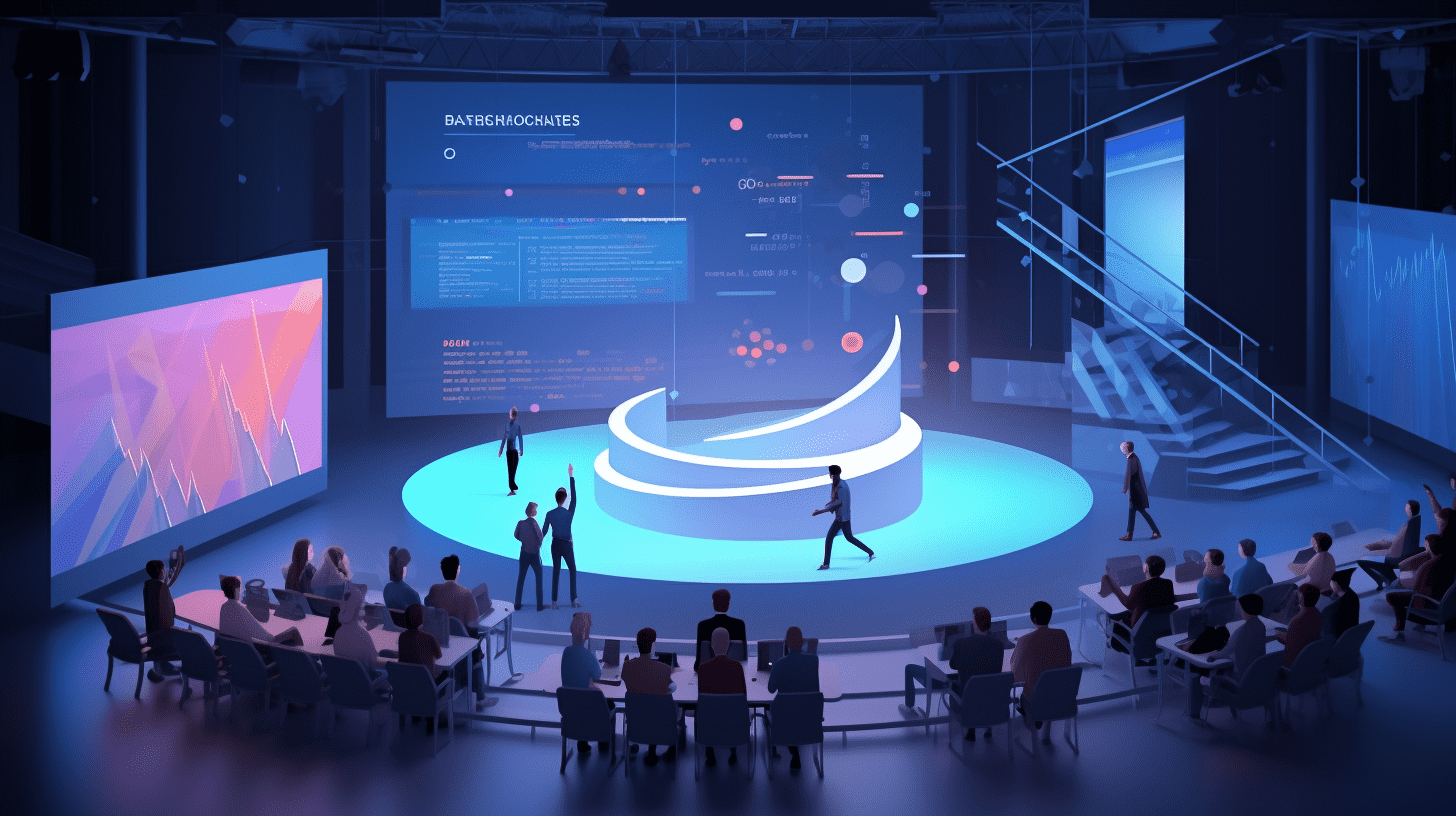Shenwan Hongyuan Group: The laser radar industry will enter the "Thousand Yuan Era" by 2025.
In 2025, the lidar industry will enter the "thousand-yuan era", with price reduction driving the adoption of lidar in vehicles. Specific driving scenarios will also test ADAS systems and sensor configurations, with lidar possibly providing the answer.
Shenwan Hongyuan Group released a research report stating that with the preliminary maturity of end-to-end entering mass production, in the background of physical AI and world model released by NVIDIA Corporation, there are new choices for intelligent driving solutions that can better integrate input data from LiDAR. In the Chinese market, the necessity of LiDAR configuration is stronger, mainly reflected in three aspects: objectively, the driving environment in China is relatively complex, leading to a high demand for LiDAR; subjectively, users consider intelligent driving and LiDAR configuration in their consumption decisions; LiDAR and V2X technology can effectively combine. By 2025, the LiDAR industry will enter the "thousand yuan era", where the price reduction will drive LiDAR onto vehicles, and specific driving scenarios will also test ADAS system and sensor configurations, with LiDAR potentially being the answer.
The main points of Shenwan Hongyuan Group are as follows:
With the preliminary maturity of end-to-end entering mass production, in the background of NVIDIA Corporation and others releasing physical AI and world model, there are new choices for intelligent driving solutions that can better integrate LiDAR input data.
Before end-to-end models for autonomous driving become mainstream, there have been many discussions and controversies about the necessity of LiDAR as a sensor configuration. The ongoing core factor of the controversy is Tesla, Inc.'s insistence on a pure vision + neural network route. Tesla, Inc.'s pure vision route currently has uniqueness, largely attributed to its large amount of driving data and a wide user base.
From the perspective of mainstream car manufacturers and intelligent driving solution providers, in the background of enhanced computing power and the maturity of end-to-end algorithms, the integration of multiple sensors and the pure vision route are no longer contradictory. LiDAR and other sensor data are being integrated with end-to-end algorithms. For example, in NVIDIA Corporation's Hyperion 9 Platform reference architecture for autonomous driving, LiDAR serves as a dimension of sensor input data.
In the Chinese market, the necessity of LiDAR configuration is stronger, mainly reflected in three aspects: 1) objectively, the driving environment in China is relatively complex, leading to a high demand for LiDAR; 2) subjectively, users consider intelligent driving and LiDAR configuration in their consumption decisions; 3) LiDAR and V2X technology can effectively combine.
Intelligent driving sinking: the intersection of price and scenarios, with the explosion of penetration rate imminent.
By 2025, the LiDAR industry will enter the "thousand yuan era". One core issue of LiDAR installation previously has been its expensive price (as mentioned by Musk multiple times), making it easy to "fallback" to replace it with cameras, millimeter-wave radar, and other relatively low-cost sensors when the total sensor cost is limited in the overall vehicle cost. For the sinking intelligent driving market, a general set of systems can leave about 4% of the vehicle's selling price for the automatic driving system. Furthermore, technological maturity and cost reduction will spill over into non-ADAS sectors, such as Siasun Robot & Automation Robotics, and automatic driving AD.
In addition to price reductions driving LiDAR installation, specific driving scenarios also present challenges for ADAS systems and sensor configurations, where LiDAR may be the answer. For example, LiDAR can play a key role in making the Automated Emergency Braking (AEB) function in cars safer. Compared to models without LiDAR, models equipped with LiDAR have shown a significant improvement of about 50% in AEB speed limits.
Competitive forces drive rapid concentration of market share, with the "Big Four" pattern gradually becoming clear.
The LiDAR industry has been highly competitive in the past, with numerous domestic and foreign participants. Through years of iterative evolution, in the industry revolution of automotive intelligent driving, "Big Four" LiDAR industry players (Hesai, Suteng, Huawei, Tudatong) have gradually become clear in terms of market share and capabilities. Among the many qualities required by LiDAR industry companies, two are particularly crucial: technological innovation abilities (including product detection distance, chip self-research capability, integration and miniaturization), and engineering mass production and cost reduction capabilities.
Relevant targets: LiDAR manufacturers Hesai Group Sponsored ADR (HSAI.US), ROBOSENSE (02498). Core components and connector suppliers Ningbo Yong Xin Optics (603297.SH), Electric Connector Technology (300679.SZ). Other optical component suppliers Focuslight Technologies Inc. (688167.SH), Optowide Technologies (688195.SH), Suzhou Everbright Photonics (688048.SH), etc.
Risk warning: uncertainty in the progress of intelligent driving installation, entry of new competitors in the industry chain leading to increased competition, risk of customers exerting excessive pricing pressure, and obstruction of equipment, materials, and technology acquisition in certain industry chain segments.
Related Articles

Shenzhen Hello Tech Energy(301327.SZ): Strong performance hits record high, revenue and net profit both break through.

Johnson & Johnson's financial condition is stable, and Standard and Poor's has removed the downgrade warning.

HK Bull/Bear Outstanding Qty Ratio(52:48) | April 26th
Shenzhen Hello Tech Energy(301327.SZ): Strong performance hits record high, revenue and net profit both break through.

Johnson & Johnson's financial condition is stable, and Standard and Poor's has removed the downgrade warning.

HK Bull/Bear Outstanding Qty Ratio(52:48) | April 26th

RECOMMEND

Pan Gongsheng: Will implement a moderately loose monetary policy to promote high-quality development of the Chinese economy.
25/04/2025

Canadian Prime Minister Trudeau: No rush to reach agreement with Trump, US side eventually needs to face reality.
25/04/2025

Alphabet (GOOG.US, GOOGL.US) first quarter revenue and profits exceed expectations, driven by AI and cloud computing performance growth.
25/04/2025


